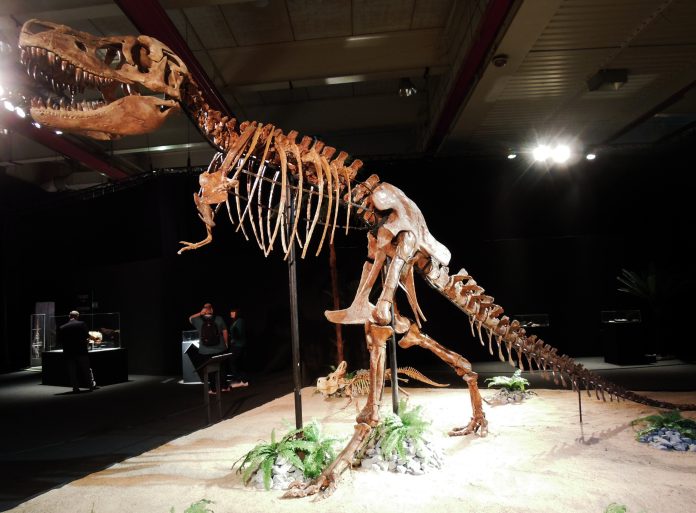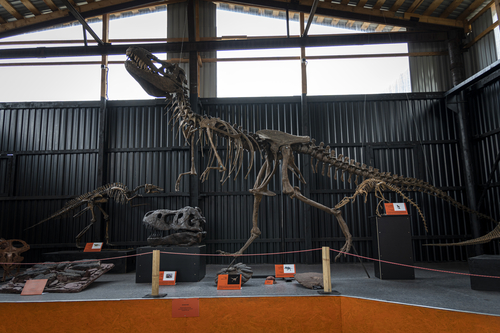
The Tarbosaurus, a colossal theropod dinosaur, once dominated the Late Cretaceous period roughly 70 million years ago. Its name, derived from Greek, means “alarming lizard,” a fitting title for a creature that thrived as an apex predator in what is now Asia.

At around 33 feet long and weighing an estimated 5 metric tons, the Tarbosaurus bore a formidable resemblance to the iconic Tyrannosaurus rex, but with distinct anatomical differences that have piqued the interest of paleontologists worldwide. Despite its smaller arms and differing skull structure, the Tarbosaurus was every bit the predator its North American cousin was.
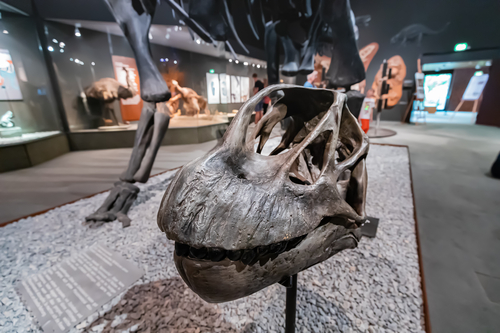
The first significant encounter with Tarbosaurus fossils occurred in 1946, during a Soviet-Mongolian expedition in the Gobi Desert. These findings, later named Tarbosaurus bataar, provided a new perspective on the tyrannosaurid lineage.
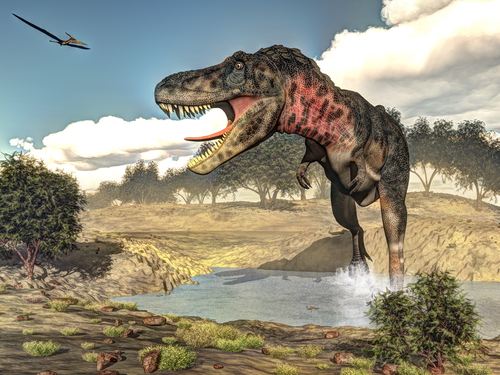
Subsequent expeditions revealed more complete specimens, offering a clearer picture of its anatomy, behavior, and environment.

Tarbosaurus’s habitat, a humid floodplain teeming with life, supplied this massive predator with a rich hunting ground. Its diet likely consisted of large herbivorous dinosaurs, as supported by the robust build and strong bite force evident in the structure of its skull and teeth, capable of biting through bone.

The discovery of bite marks on fossils like those of a Parasaurolophus gives credence to its status as an apex predator, shedding light on its hunting tactics.
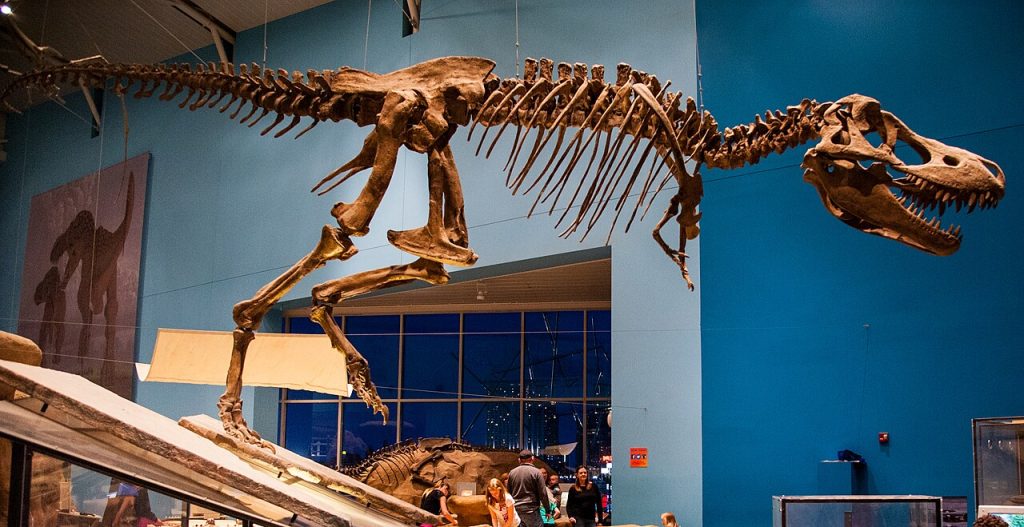
While related, comparisons between Tarbosaurus and T. rex highlight the evolutionary adaptations each species made in response to their respective environments. For instance, the smaller arms and specialized skull of the Tarbosaurus may reflect adaptations to hunting the massive sauropods present in Asia, contrasting with the prey available to T. rex in North America.
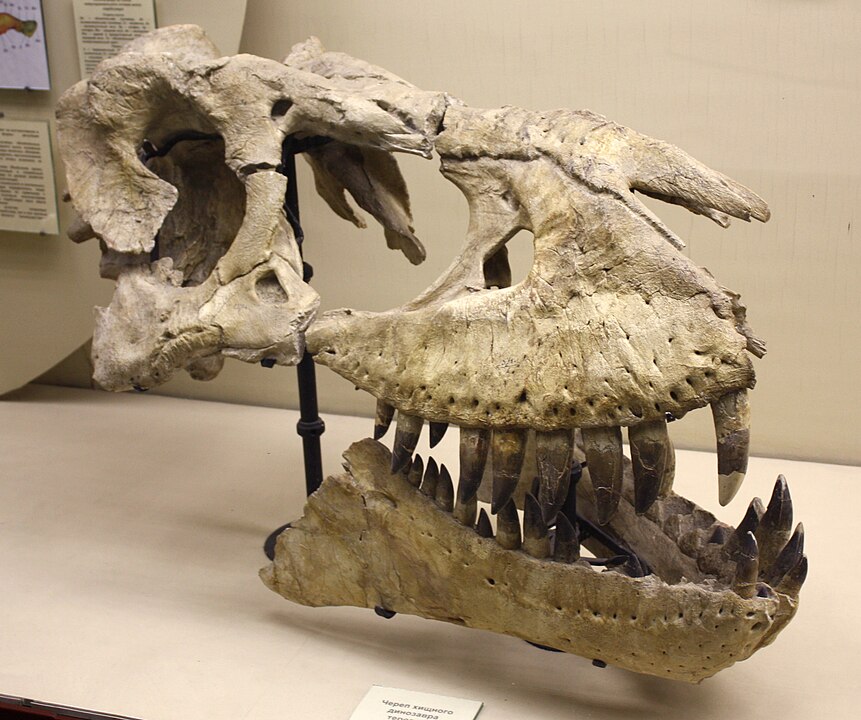
Researchers have suggested that Tarbosaurus and other tyrannosaurines were opportunistic feeders, scavenging as well as actively hunting their prey. The examination of a hadrosaur fossil with Tarbosaurus bite marks points to scavenging behaviors, though it does not discount its capabilities as a hunter.

The significance of Tarbosaurus within the evolutionary tree is profound. Its discovery in Asia provides a glimpse into a distinct tyrannosaurid fauna that coexisted with other large dinosaurs of the time.
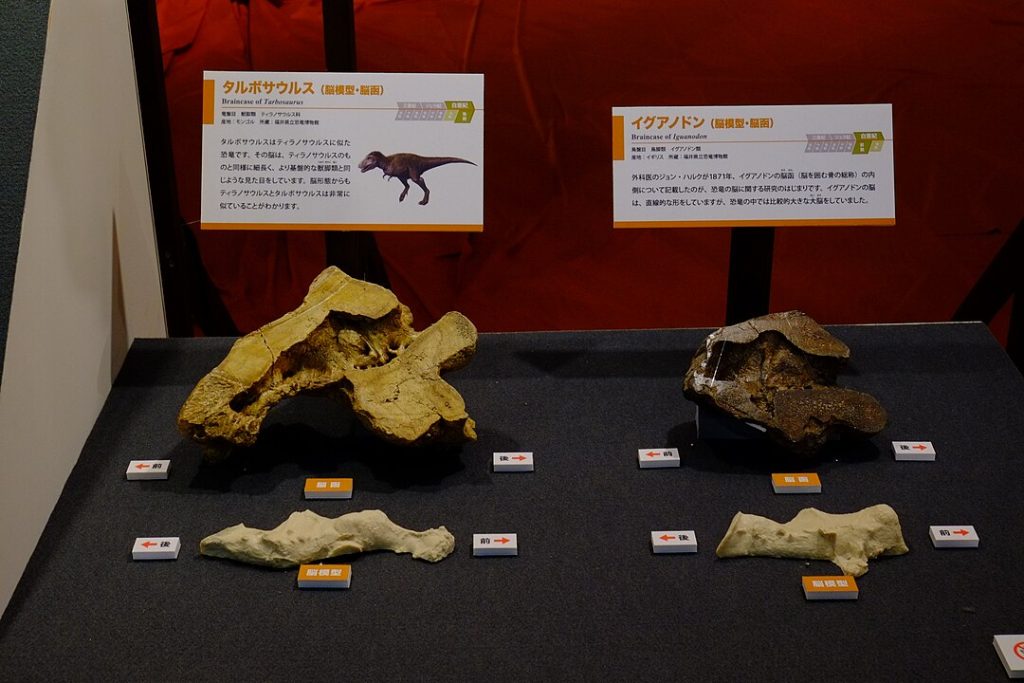
Understanding the relationship between Tarbosaurus and other tyrannosaurids like Alioramus, Daspletosaurus, and Teratophoneus, helps to unravel the complexity of their evolutionary history.
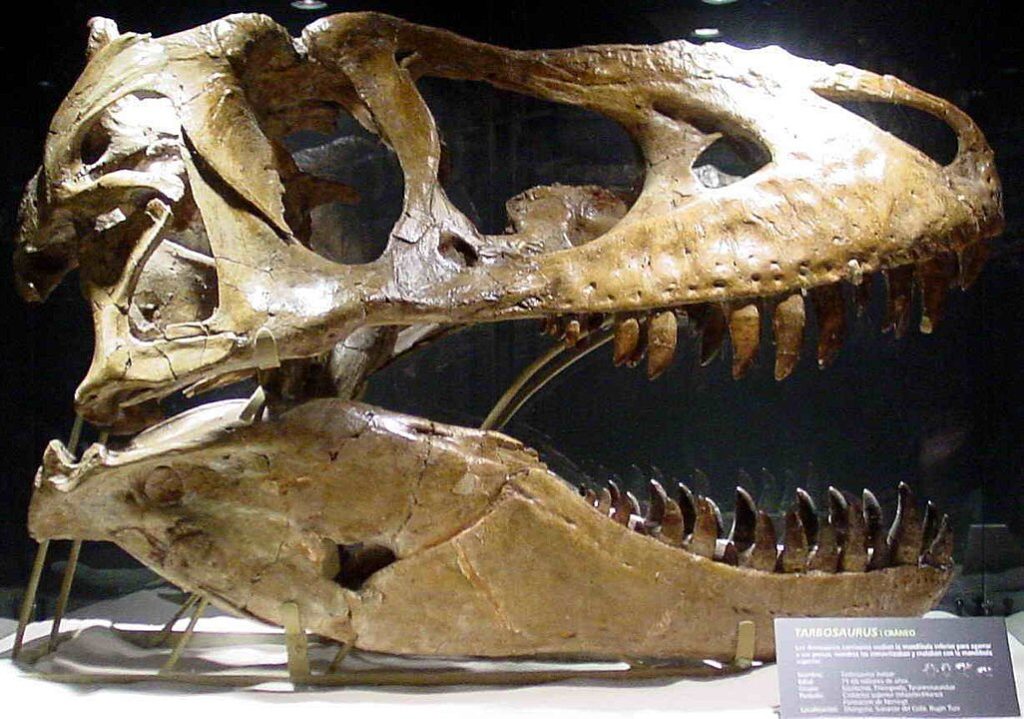
The Tarbosaurus has not only captured the attention of scientists but has also made its mark on popular culture and media. Documentaries and animated films have portrayed these giants, shedding light on their behaviors and ecosystems, and captivating audiences with their might and majesty.
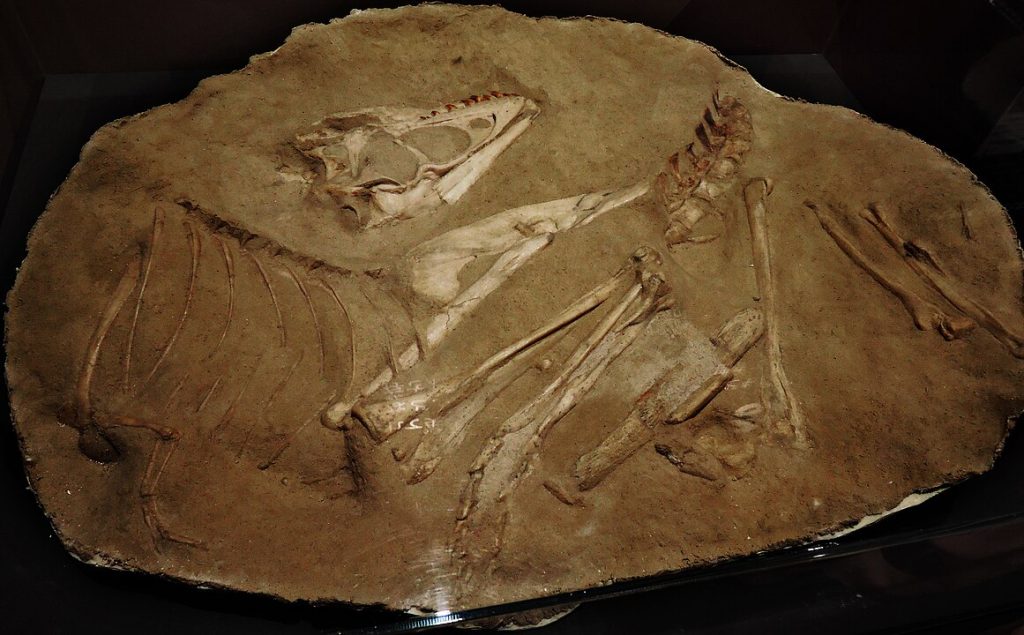
The Tarbosaurus has played a pivotal role in discussions about fossil smuggling. The controversial auction of a Tarbosaurus skeleton in New York City highlighted the issues of illegal fossil excavation and led to increased international cooperation to protect paleontological heritage.
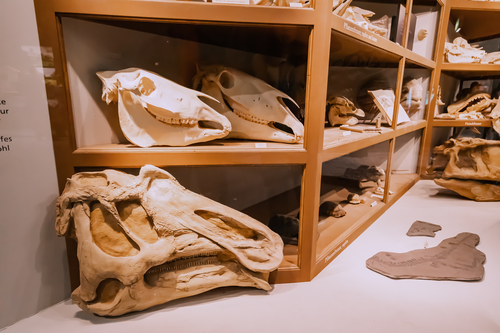
The eventual return of the skeleton to Mongolia marked a victory for conservationists and underscored the significance of ethical practices in fossil handling.
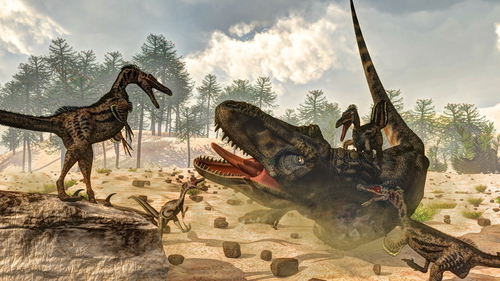
The Tarbosaurus smuggling incident has had enduring effects on paleontology, international law, and cultural heritage conservation. It raised awareness of the significance of ethical fossil collection and trade practices, leading to increased scrutiny of fossil sales.
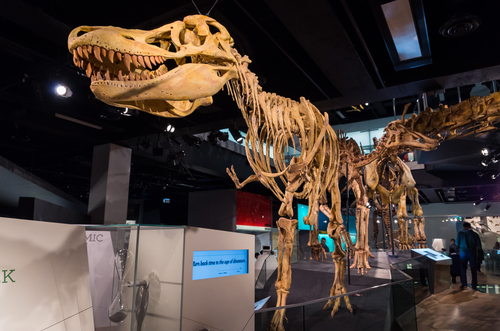
Additionally, the incident has fostered international collaboration in the fight against fossil smuggling, ensuring that these irreplaceable pieces of Earth’s history remain accessible for scientific study and public education.
Relevant articles:
– Tarbosaurus: The Tyrant of the Late Cretaceous, Discover Magazine, Dec 20, 2023
– Tarbosaurus: “Alarming Lizard”, ZME Science, Mar 20, 2024
– Tarbosaurus, Prehistoric Planet Wiki | Fandom
– Dinosaurs – Tarbosaurus bataar, Australian Museum
